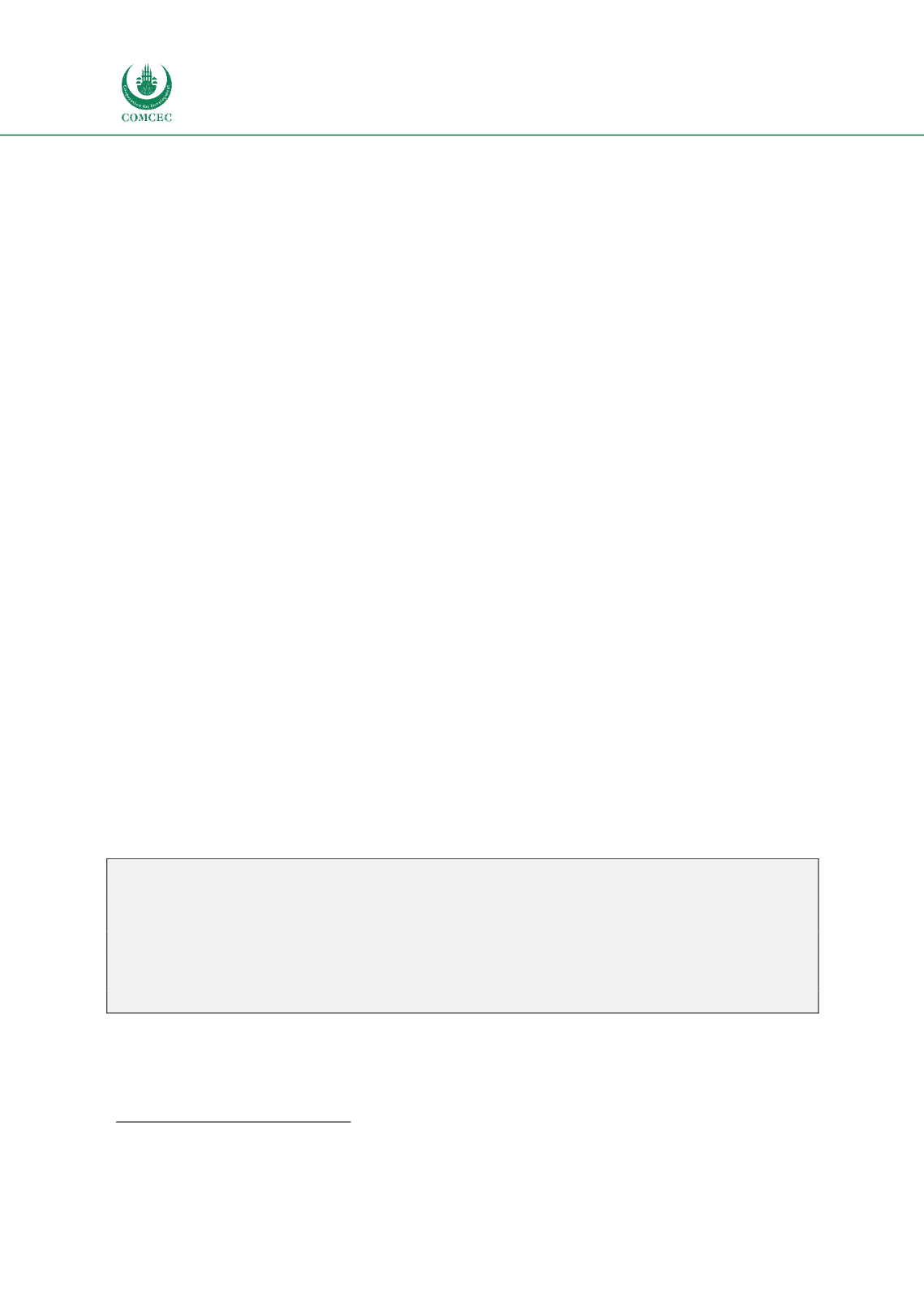

Improving Customs Transit Systems
In the Islamic Countries
44
public safety and health requirements. Simplification efforts may, therefore, be perceived as a
loss of the ability to control compliance. Contrary to this view, in the operational practice,
automated processing and risk management improves compliance and effectiveness of controls.
Governments worldwide, therefore, increasingly use risk-based compliance management for
Customs or other purposes such as revenue protection, food safety and protection of animal,
plant and human health and lives.
Risk management requires agencies to establish the risk context, assess the risk, treat the risk,
andmonitor and review the risk. Commonly this is done separately at each agency level and with
CAs often taking the lead. A Single Window can facilitate integrated risk management, whereby
risk-relevant information is made available in a timely manner to all agencies, and a plurality of
risk indicators drive controls and inspections. This enables more efficient profiling and targeting
of high-risk consignments in transit and organization of controls based on cross-organizational
risk profiles at different stages.
Currently, in most of the CAs, Customs Declaration Processing System (CDPS) support risk
management and approaches are often limited to transactional Customs risk management and
risk selectivity during Customs clearance. CAs recognize the importance of cross-border
integrated risk management services, namely Integrated Risk Management (IRM) that will
identify the risk on the pre-arrival basis and at the same time, allow CAs to allocate the resources
in a proper and timely basis.
IRM supports the operational risk management processes of CAs and OGAs that are involved in
the approvals of permits and certificates (pre-arrival), control of goods in import, export, transit,
and post-clearance control. The IRM engine is a rule-based approach to risk analysis, whereby
the individual analysis objects (traders, permits, transit declarations, etc.) are assessed for risk,
primarily by assigning scores based on rules (risk indicators).
Box 4: EU Common Customs Risk Management System
The EU Common Customs Risk Management System (CRMS) is designed to provide a fast and
easy-to-use mechanism to exchange risk-related information directly amongst operational
officials and risk analysis centers in all Member States.
It facilitates EU-wide Customs intervention for the highest risks at the external frontier and
inland and is thus an integral element in the development of a Union risk management
framework. It consists of a Risk Information Form (RIF) to be filled in online and instantly made
available to all customs offices connected
44
.
44
https://ec.europa.eu/taxation_customs/customs-risk-management-framework-crmf_en















